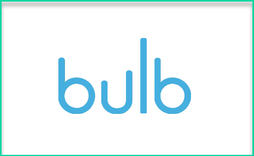
Let’s also touch on pricing before diving in. Currently, bulb has three plans to choose from:
- Bulb Free - Offers 1GB storage, 1 Group (aka class), unlimited collections, unlimited pages, and you can embed pictures and videos, but not additional web content.
- Bulb (Signature product) - $9 a year and offers 9GB of storage, 9 groups, access to all features, and a commenting feature will be coming soon.
- Bulb School - Schools can purchase a license, it integrates with SIS, PD is offered, as is additional storage, unlimited groups, and the pricing tier is based on number of students. This is also a yearly subscription.
When you first sign into bulb you are taken to your main dashboard where you can create a Page (similar to a post) or a Collection (a group of Pages). If you’re on the paid plan, you can also click on your name at the top right and create a new Group. This would be beneficial mainly if you’re a teacher and you’re wanting to add in groups for different class periods, which you can then add your students to.
In general, the way I like to think about it is: the Collections represent student projects or tasks (i.e. a lab, a paper, a presentation, etc.) and the Pages represent the different steps, or processes, or pieces along the way, as well as their finished and final product. So theoretically a student could have a free account, and create all the Collections and Pages they want to, across all their classes, and then just share the links of what they created out to their teachers. This is because the portfolios are tied to the student, and not to the teacher, which is a feature that I really like.
That being said, the one downside of the free plan is that you aren’t able to embed anything other than video content. So if you’re creating Prezis, or PowToons, or anything that involves an embed code, those products can’t be added in unless you’re on the $9 a year plan. They can however, still be linked to, which doesn’t look as nice, but is a free alternative.
The creation of pages is incredibly simple as well. You’ll be asked to provide a cover image and a title for the page, and then you can use the toolbar on the right side to add in whatever content you’d like. It’s very similar to building a blog post, except even more simplified than many of the blog builders I’ve used. When students are done building, they hit the up arrow to publish, and then they can share out the link (which can be private or public).
If your students are on the paid plan, the ability to upload and attach files here is really helpful as well, and can even work towards eliminating the need for an LMS. Or bulb can work in conjunction with an LMS, with teachers sending out assignment details through the LMS, and students submitting their work through a bulb Page.
There are lots of different possibilities here, but in short, bulb acts as an external portfolio (i.e. not inside a locked system like an LMS) where students can track, create, share, and reflect on their work and design processes.
Here are some real life examples of what others have created, which I think provides some good insight into what is possible with the app.
bulb can also be used by teachers to track their PD and showcase their own growth. The app is great way to model personal and professional growth to students, and to demonstrate what lifelong learning is all about. Here’s an art teacher’s example, which includes both lesson plans and samples of work that the teacher has created.
In general, bulb is mainly being used at the secondary level currently, but there are some examples of elementary student portfolios as well that have been created. The great thing about using bulb at the secondary level is that once students graduate, they get to keep the portfolio! Even if they stop paying for it! If they were on a paid plan, after one year they’ll get downgraded to the free plan, but they won’t lose any of their content on any of their pages. This is the first digital portfolio resource I’ve seen that offers a feature like this, and I think it’s enormously beneficial for students who want to use bulb after leaving the K-12 environment.
Overall, bulb is meant to be a resource that helps facilitate and encourage reflection, and support the iterative nature of creating work. bulb is also meant to help students focus on collaboration, and the sharing of work with peers, teachers, or even at the global level through the creation of dynamic, living portfolios that can constantly be revised, remixed, and updated. On all of these goals, I believe that bulb has hit their mark, and their final product is an excellent example of what a digital portfolio can be. It’s a beautifully simple tool, but given the possibility of adding in any form of multimedia, it’s also a tool that allows students enormous possibilities in terms of what they can create and share.
I am especially fond of the fact that bulb never cuts students off from what they have created, even if a student decides to switch over to the free plan after graduation. So many digital portfolios make it difficult for people outside of the portfolio system to access, or make it so the student must continue to have a paid membership in order to use the portfolio. The fact that bulb does things differently is a huge mark in their favor.
If you’re looking for a resource to help students (or even teachers) share the great work they have created, I absolutely recommend checking out the free plan to see if it’s a good fit for your classroom or school.
The opinions expressed in this review are my own.
I was not compensated for writing this review.

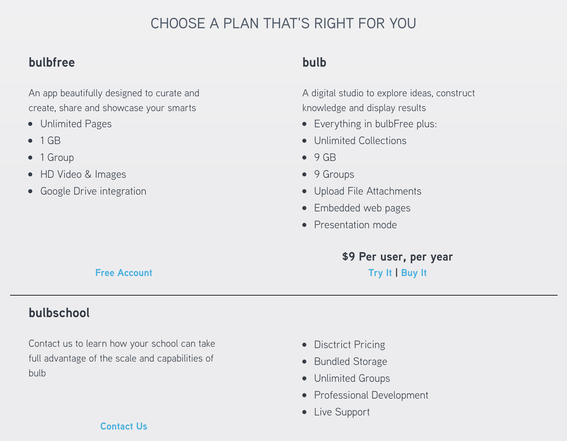
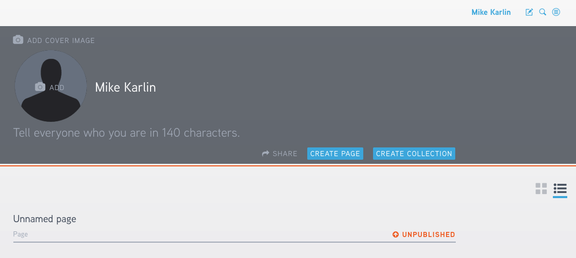
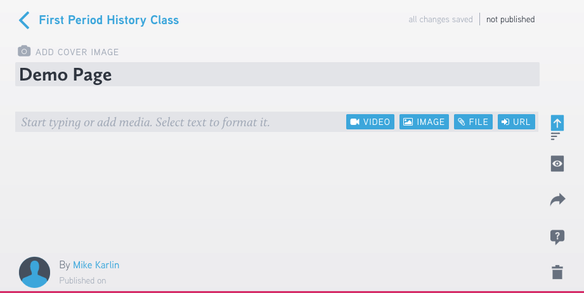
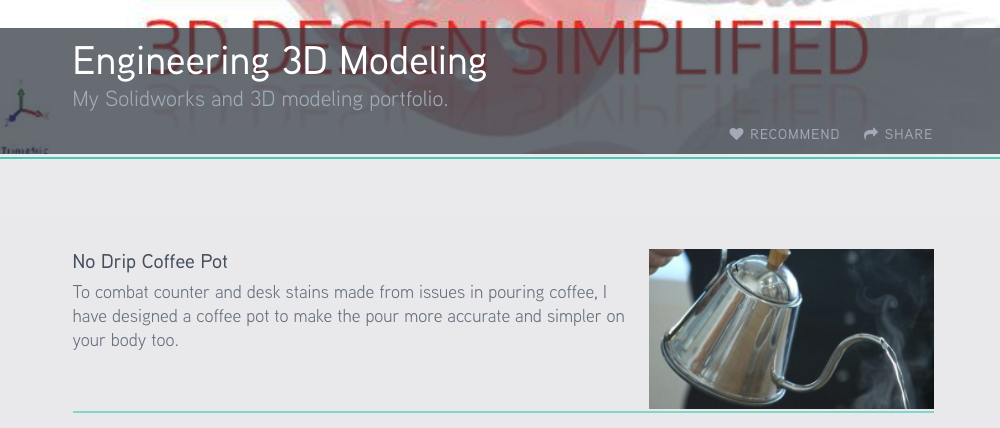
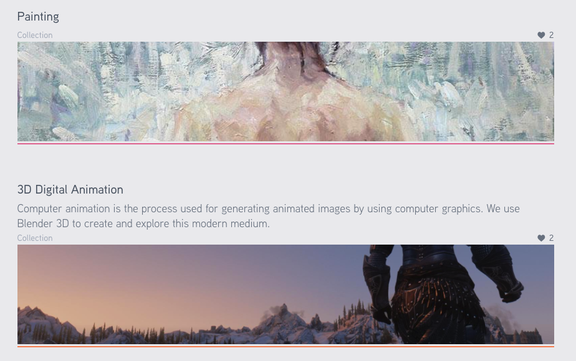




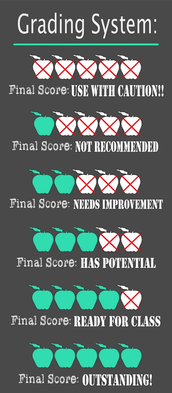



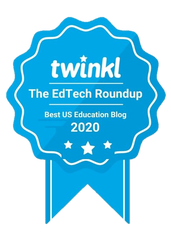
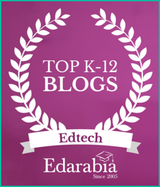
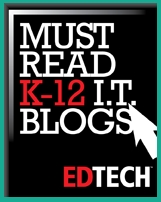




 RSS Feed
RSS Feed
